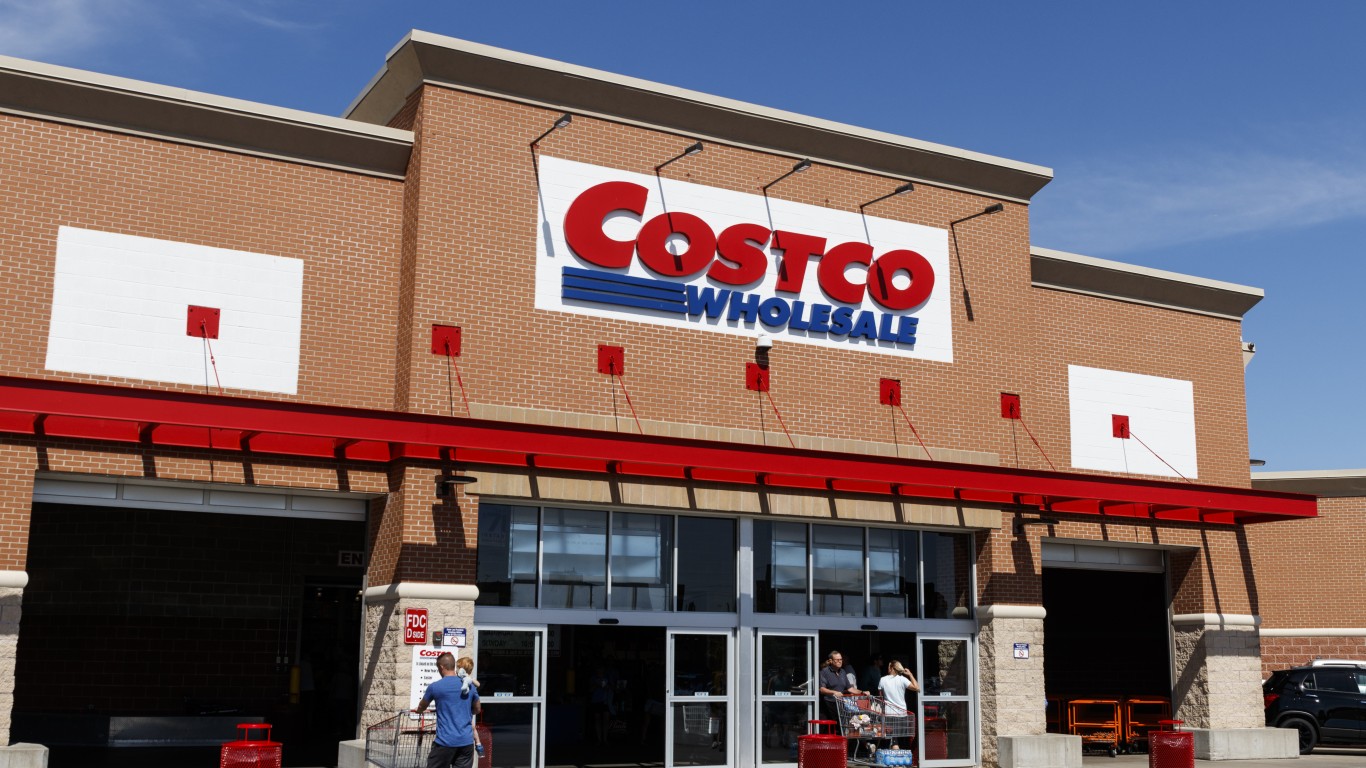
Source: courtesy of Whole Foods Market
Whole Foods has made a living — and investors have made nice profits — on the store’s position as a high-margin luxury retailer. Growth has been driving the company, and the company admits that its continued growth depends on its ability to increase sales in its current stores and to open new stores. As of mid-April, the company operated 374 U.S. stores, eight in Canada and nine in the United Kingdom.
For its second quarter that ended in April, Whole Foods reported a same-store sales increase of 4.5%, well below its guidance of 5.5% to 6.2%. The company said it lost about 0.5% due to the shift of the Easter holiday to the third quarter. Total sales rose 9.8%, compared with expected growth of 11% to 12%. Whole Foods failed to reach either of its stated goals and the stock was punished.
In its Form 10-Q quarterly report, Whole Foods states what sounds almost like boilerplate, but may be the heart of the company’s troubles:
Food retailing is a large, intensely competitive industry. Our competition varies across the Company and includes but is not limited to local, regional, national and international conventional and specialty supermarkets, natural foods stores, warehouse membership clubs, online retailers, smaller specialty stores, farmers’ markets and restaurants, each of which competes with us on the basis of store ambiance and experience, product selection, quality, customer service, price or a combination of these factors.
We offer a broad and differentiated selection of high-quality natural and organic products with a strong emphasis on perishable foods. We aspire to become an international brand synonymous with not just natural and organic foods, but also with being the highest quality food retailer in every community in which we are located. We believe our strict quality standards differentiate our stores from other supermarkets and enable us to attract and maintain a broad base of loyal customers.
ALSO READ: The 10 Fastest Rising Food Prices
The long-and-the-short of it seems to be that Whole Foods wants to be the best house in a bad neighborhood. Grocery store profit margins are notoriously slender, typically cited as between 1.5% and 3.5%. Whole Foods has been able to stay well above that range, but when competitors like Wal-Mart Stores Inc. (NYSE: WMT) and Kroger Co. (NYSE: KR) see margins in the double-digits, it doesn’t take them long to make a play for some of that action. And if everyone is offering organic food, and most are offering it at lower prices than Whole Foods, it gets harder for the luxury brand to compete unless it lowers prices and cuts into its own margins. The expected high growth levels cannot be sustained in that environment.
Walmart and Kroger can work on thinner margins and keep investors more or less satisfied. To justify its valuation, Whole Foods needs to put up growth, and it appears that the main way to do that is to open up new markets for its higher-priced goods. The company plans to open 18 to 21 new stores by end of its 2014 fiscal year in October. Whole Foods also said it sees demand for 1,200 stores in the United States, nearly triple the number now in operation. Maybe that will happen, but it will take many years and most investors are not known for their patience with growth stocks that switch from fast growth to slow growth.
Whole Foods traded down about 0.8% in the noon hour on Monday, at $37.96 in a 52-week range of $37.06 to $65.59.
ALSO READ: Walmart Needs a New Board
Sponsored: Want to Retire Early? Here’s a Great First Step
Want retirement to come a few years earlier than you’d planned? Or are you ready to retire now, but want an extra set of eyes on your finances?
Now you can speak with up to 3 financial experts in your area for FREE. By simply clicking here you can begin to match with financial professionals who can help you build your plan to retire early. And the best part? The first conversation with them is free.
Click here to match with up to 3 financial pros who would be excited to help you make financial decisions.
Thank you for reading! Have some feedback for us?
Contact the 24/7 Wall St. editorial team.



